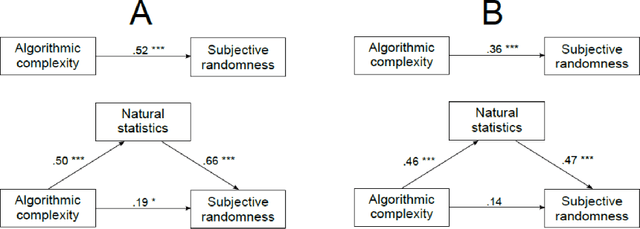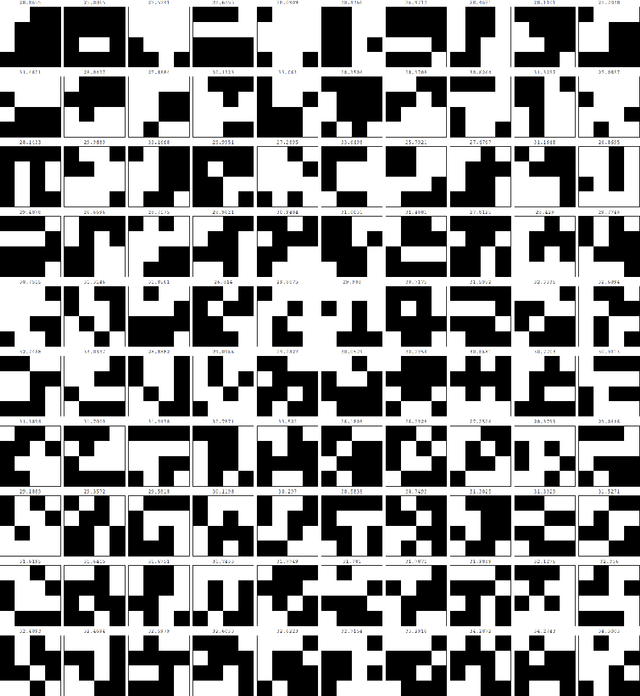Nicolas Gauvrit
The Information-theoretic and Algorithmic Approach to Human, Animal and Artificial Cognition
Dec 24, 2015Abstract:We survey concepts at the frontier of research connecting artificial, animal and human cognition to computation and information processing---from the Turing test to Searle's Chinese Room argument, from Integrated Information Theory to computational and algorithmic complexity. We start by arguing that passing the Turing test is a trivial computational problem and that its pragmatic difficulty sheds light on the computational nature of the human mind more than it does on the challenge of artificial intelligence. We then review our proposed algorithmic information-theoretic measures for quantifying and characterizing cognition in various forms. These are capable of accounting for known biases in human behavior, thus vindicating a computational algorithmic view of cognition as first suggested by Turing, but this time rooted in the concept of algorithmic probability, which in turn is based on computational universality while being independent of computational model, and which has the virtue of being predictive and testable as a model theory of cognitive behavior.
Natural scene statistics mediate the perception of image complexity
Sep 14, 2015

Abstract:Humans are sensitive to complexity and regularity in patterns. The subjective perception of pattern complexity is correlated to algorithmic (Kolmogorov-Chaitin) complexity as defined in computer science, but also to the frequency of naturally occurring patterns. However, the possible mediational role of natural frequencies in the perception of algorithmic complexity remains unclear. Here we reanalyze Hsu et al. (2010) through a mediational analysis, and complement their results in a new experiment. We conclude that human perception of complexity seems partly shaped by natural scenes statistics, thereby establishing a link between the perception of complexity and the effect of natural scene statistics.
 Add to Chrome
Add to Chrome Add to Firefox
Add to Firefox Add to Edge
Add to Edge